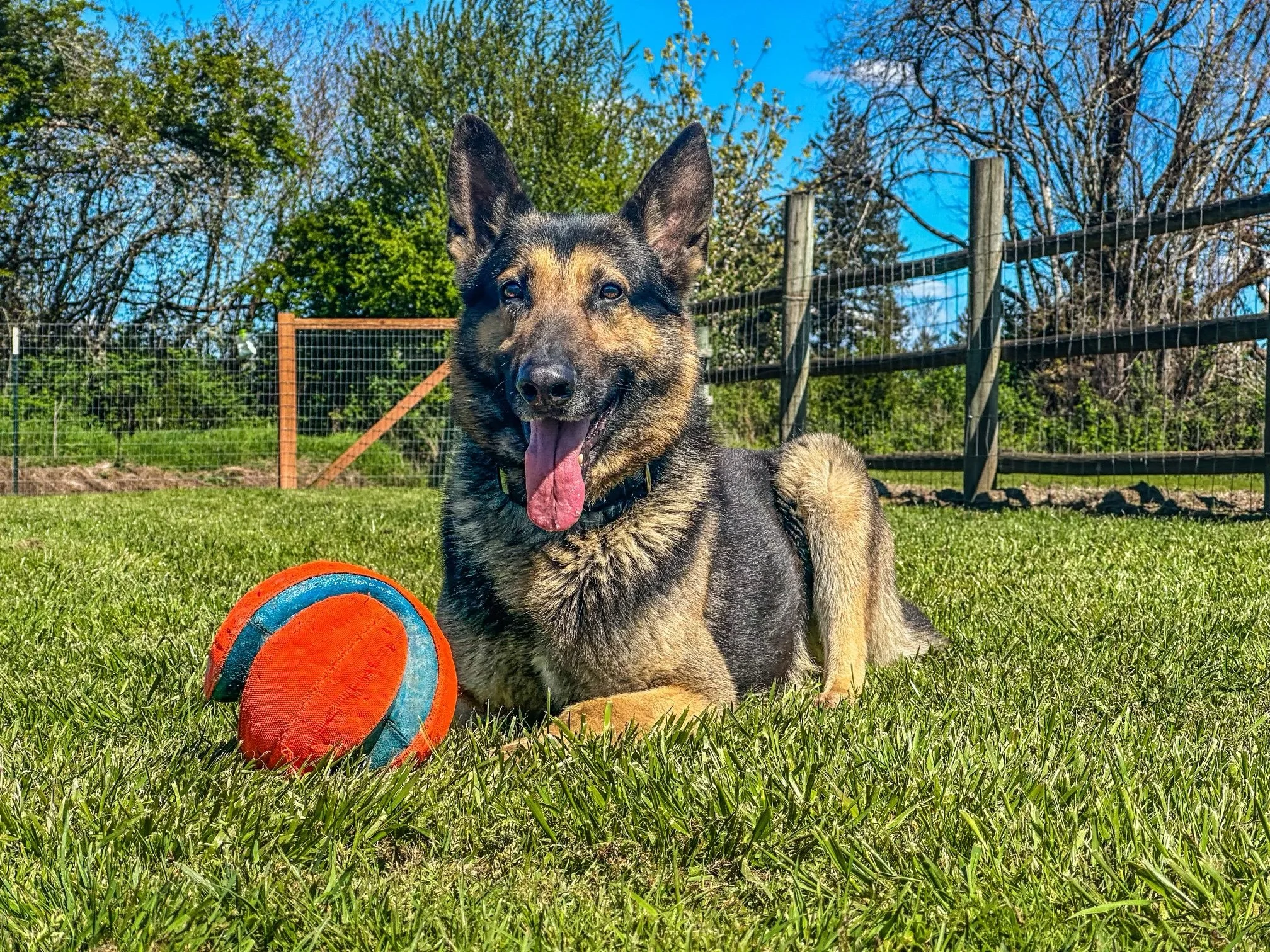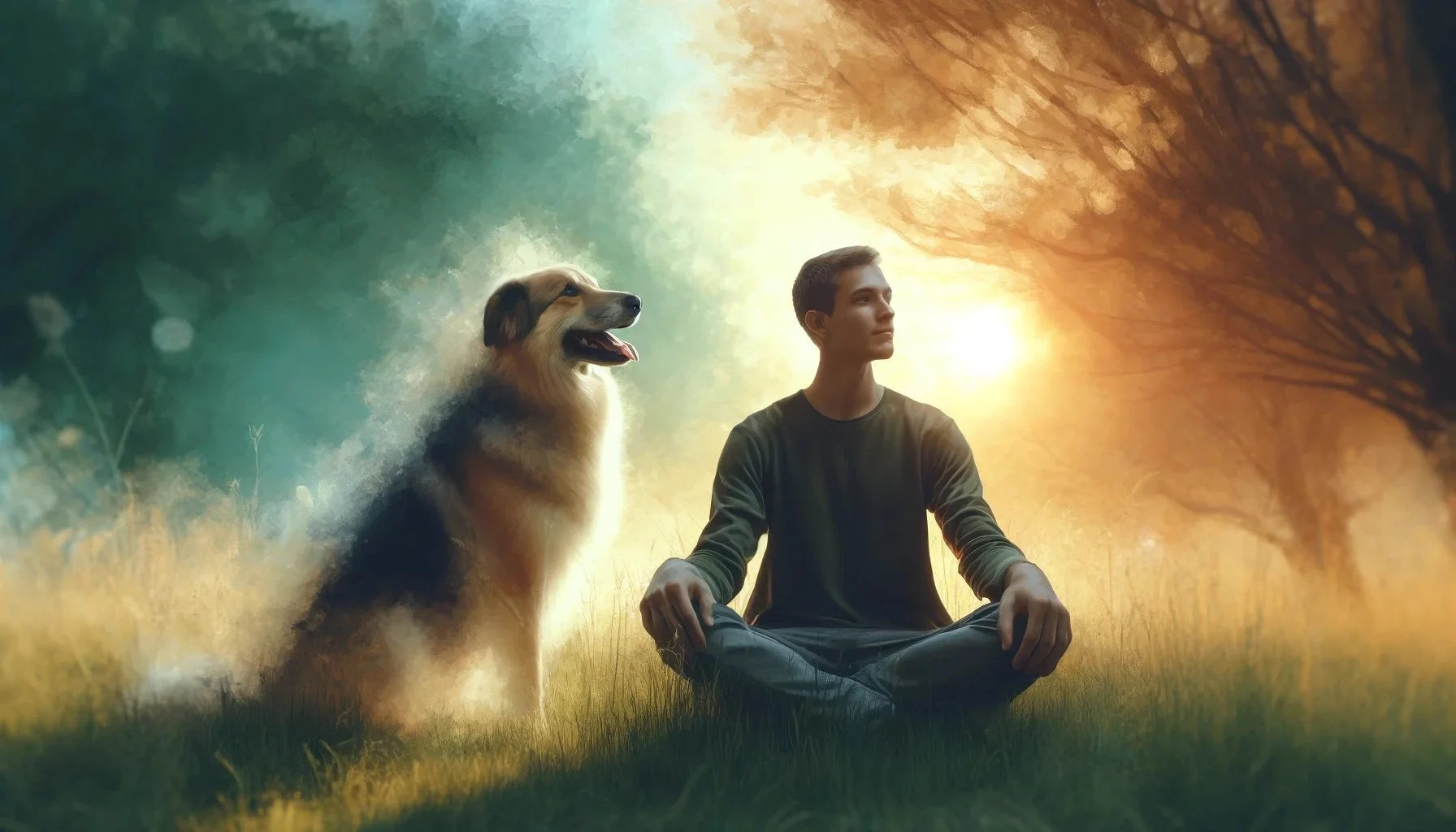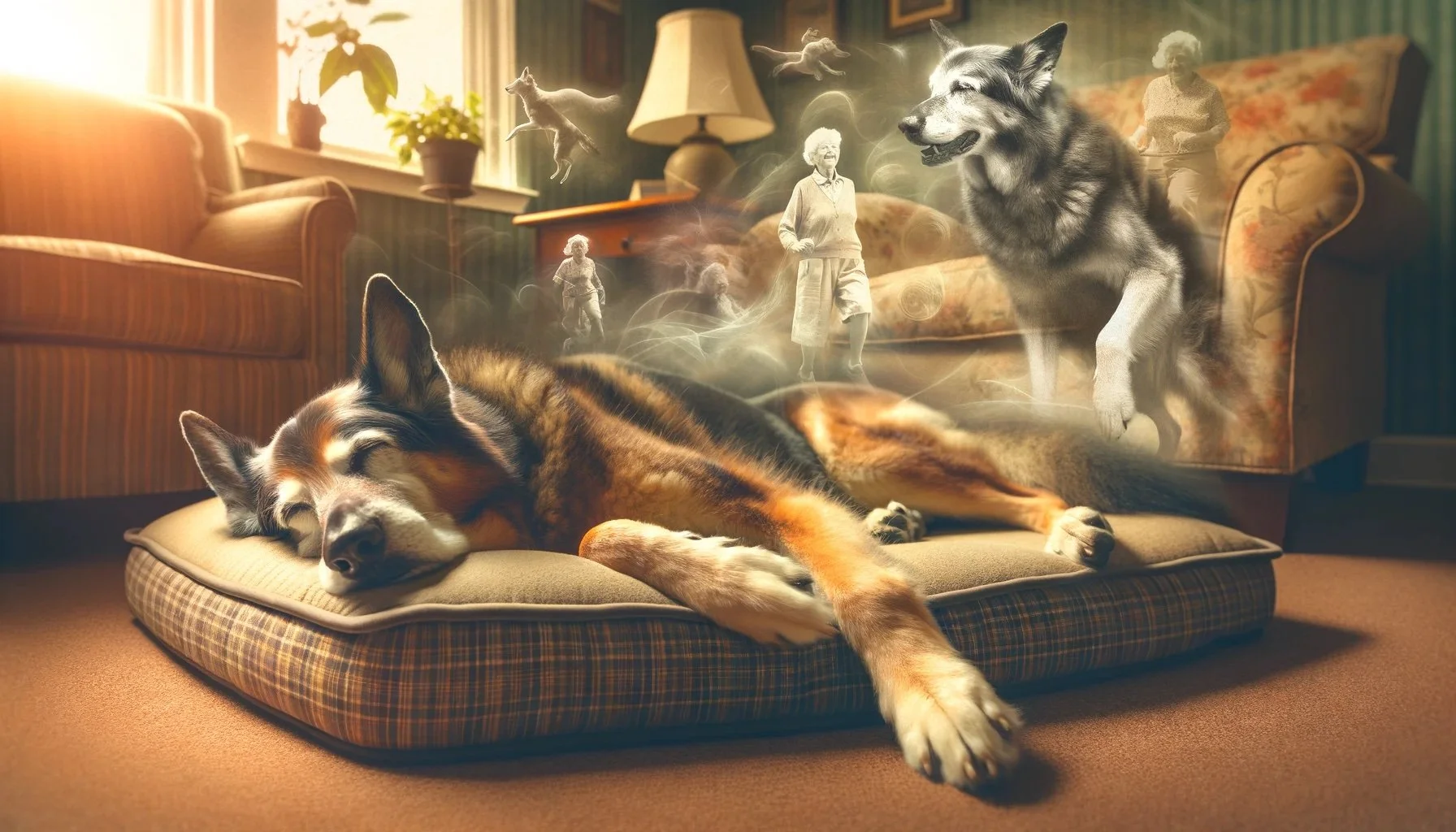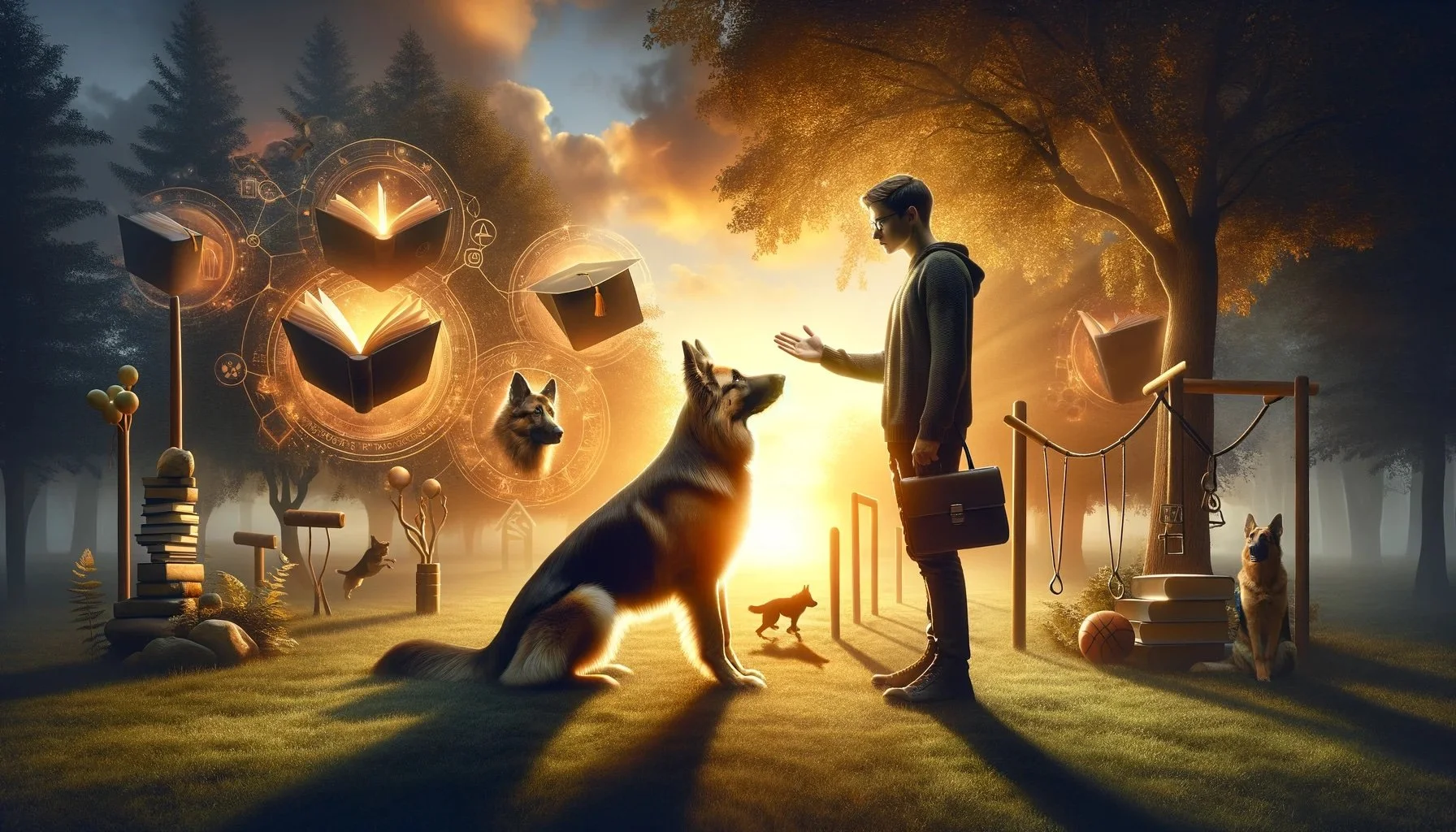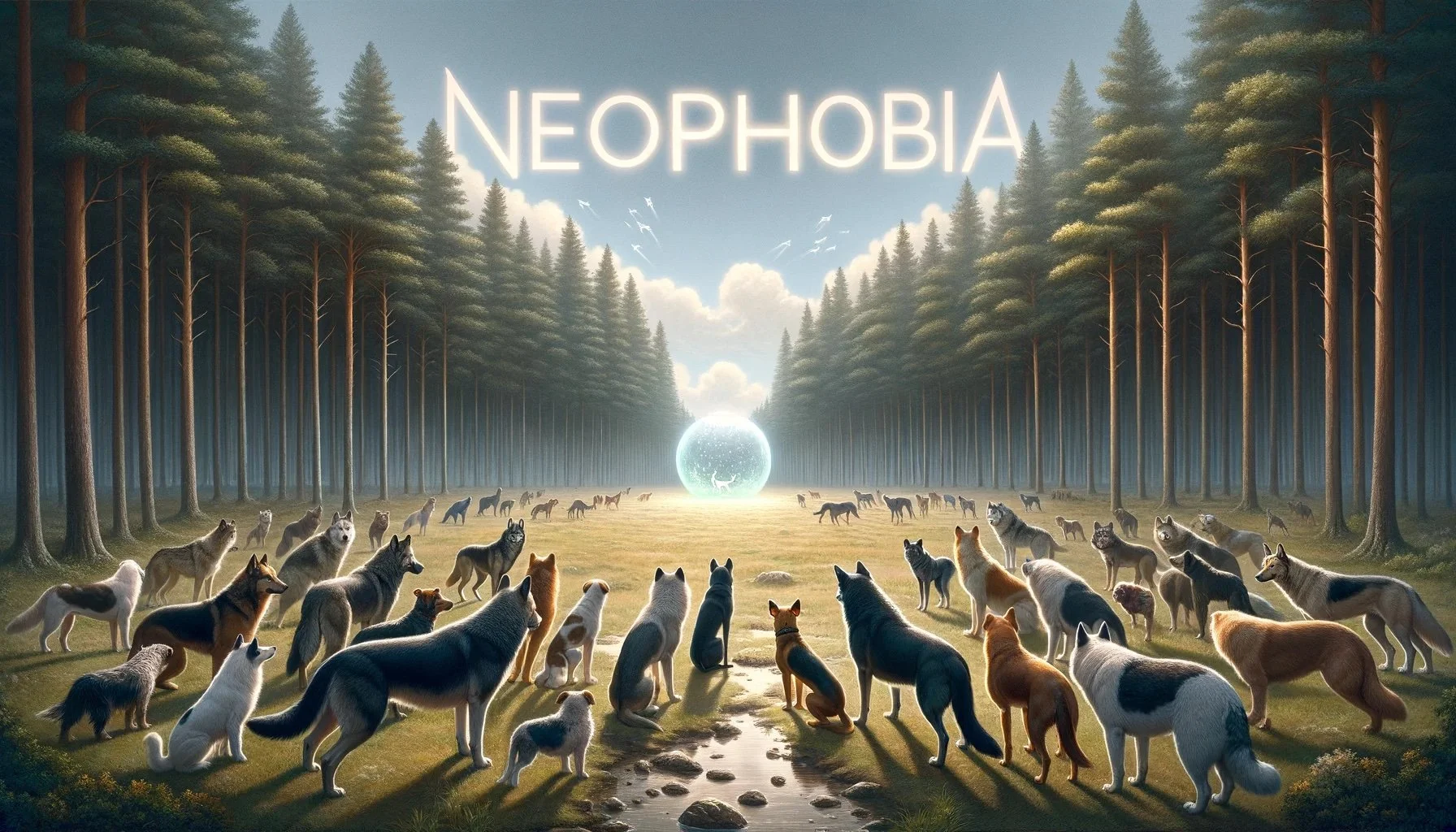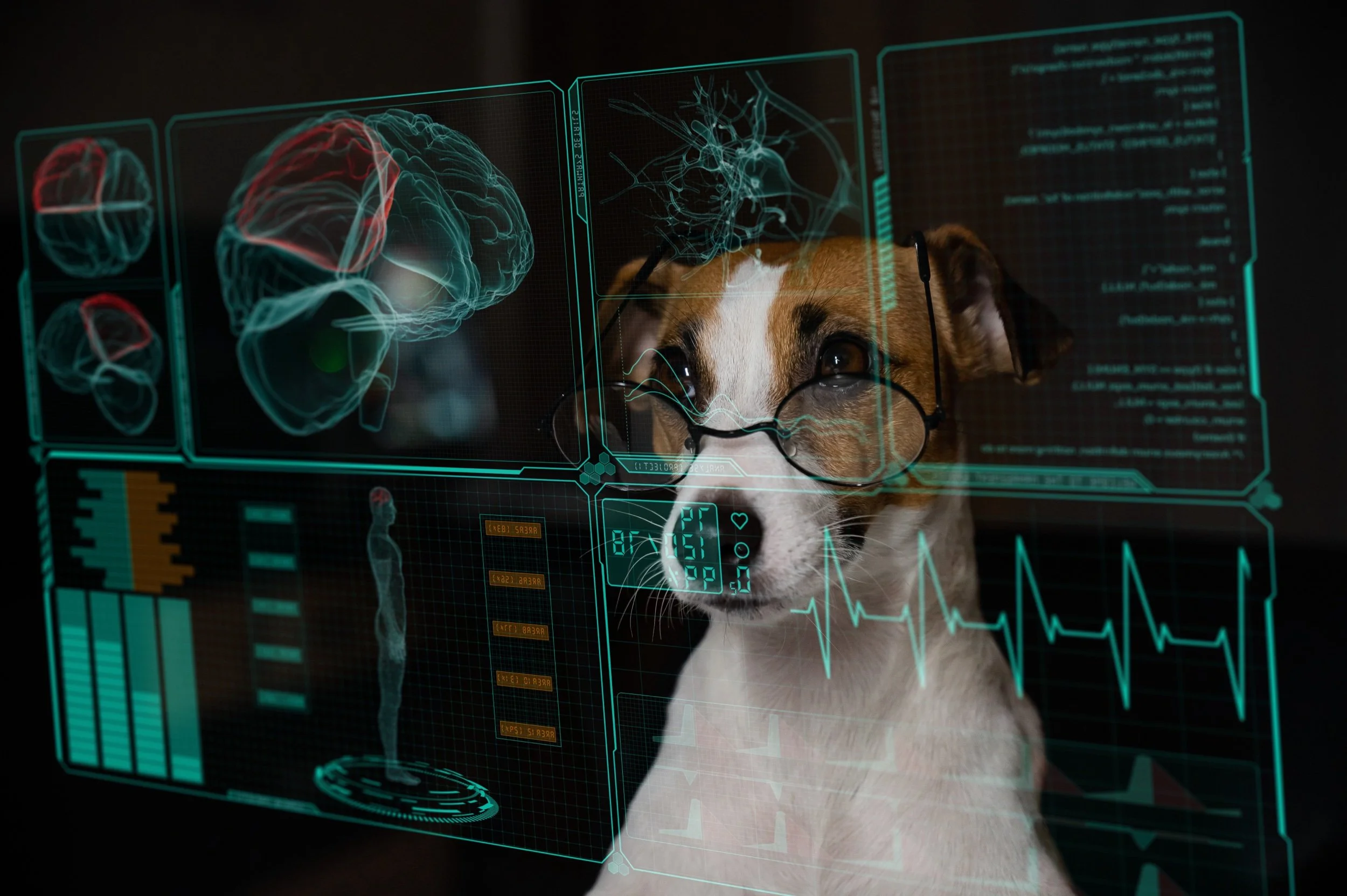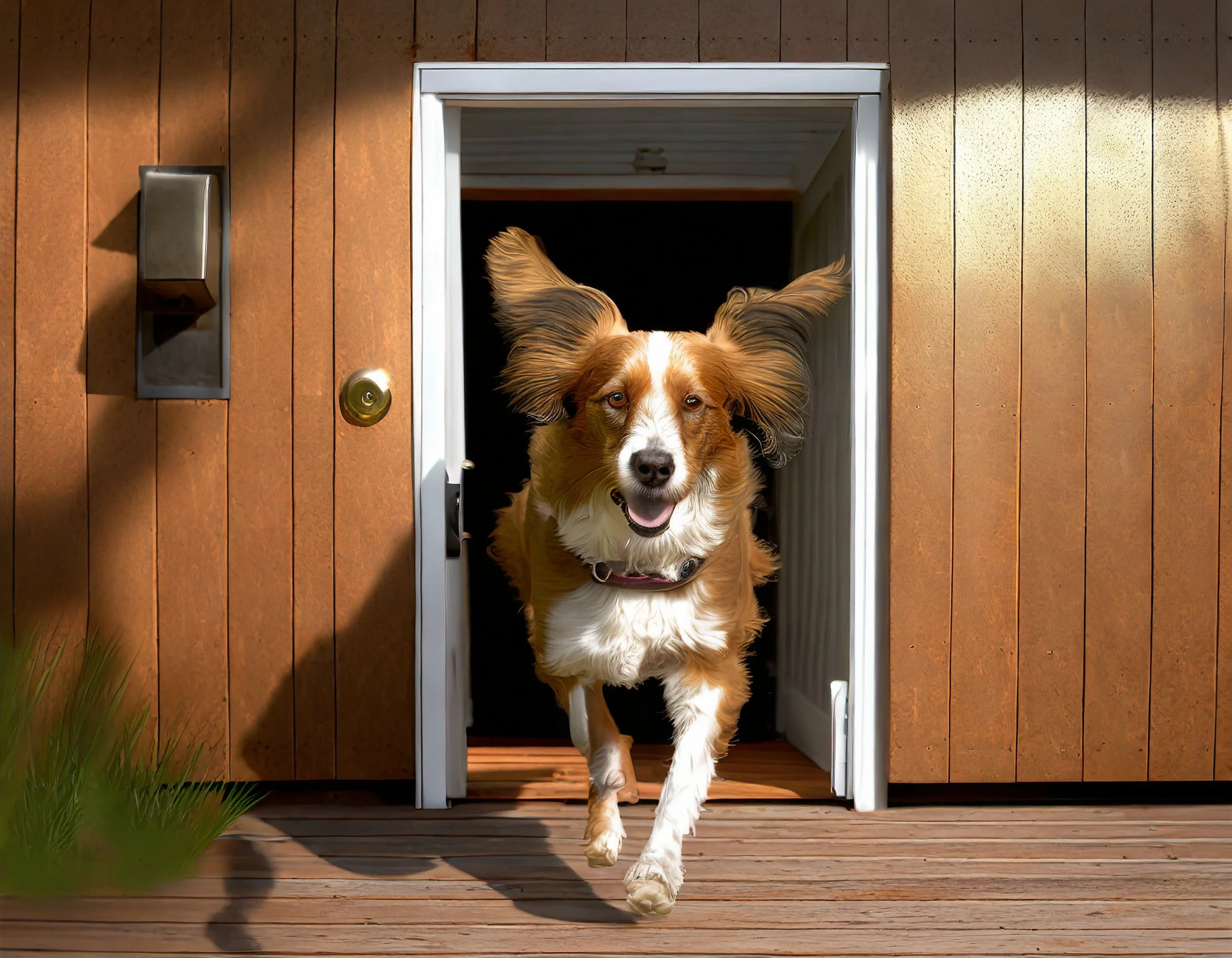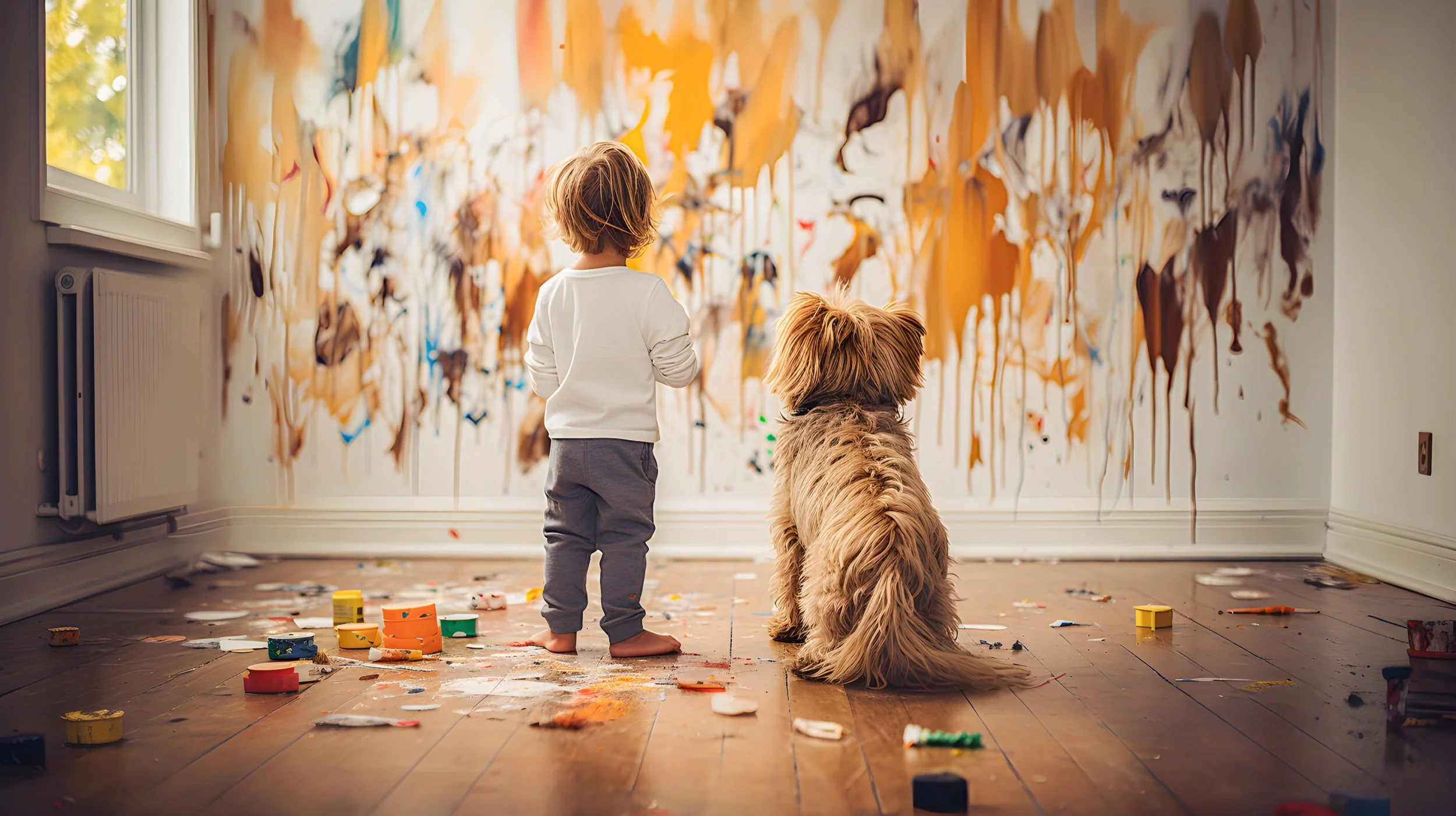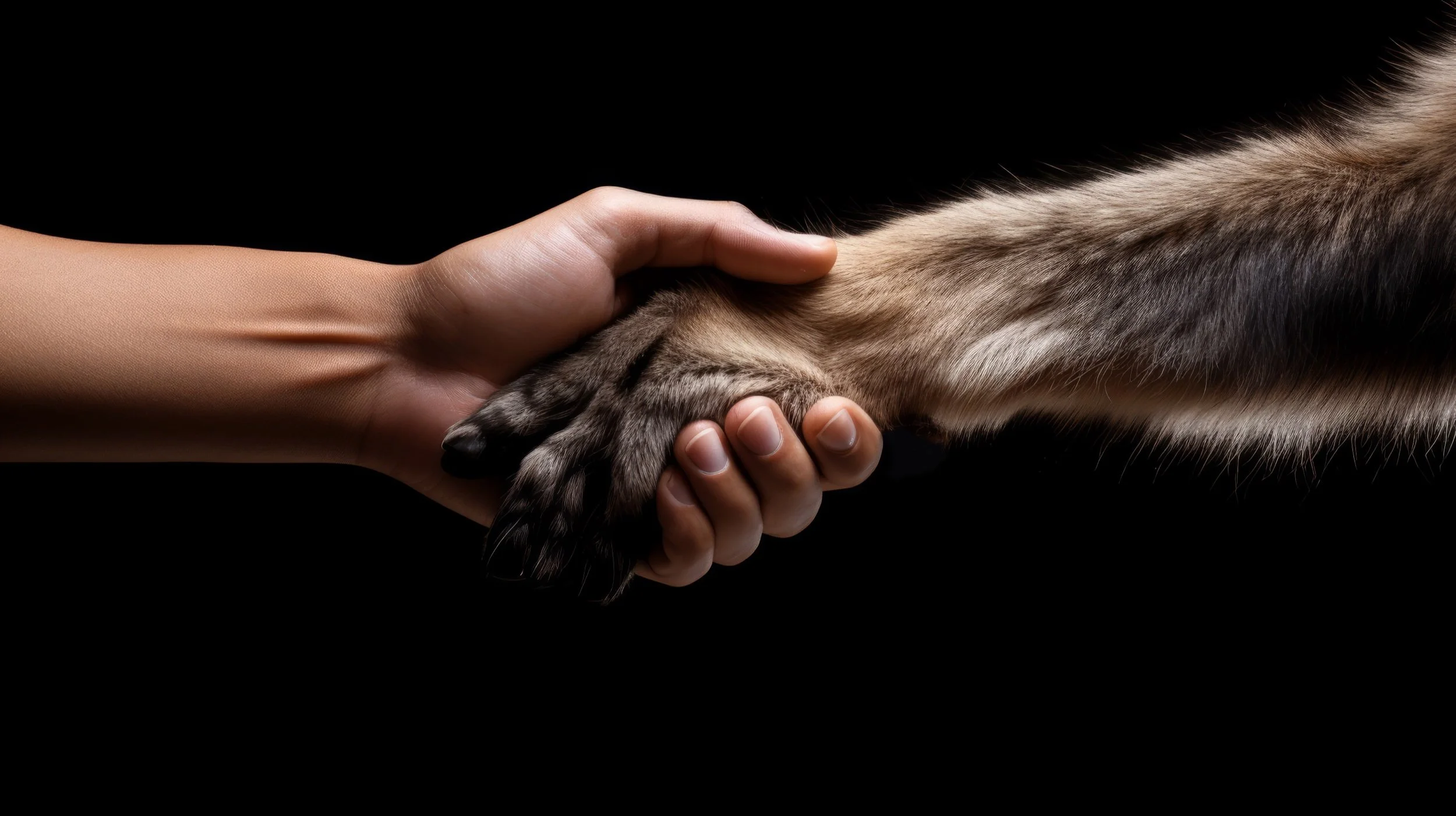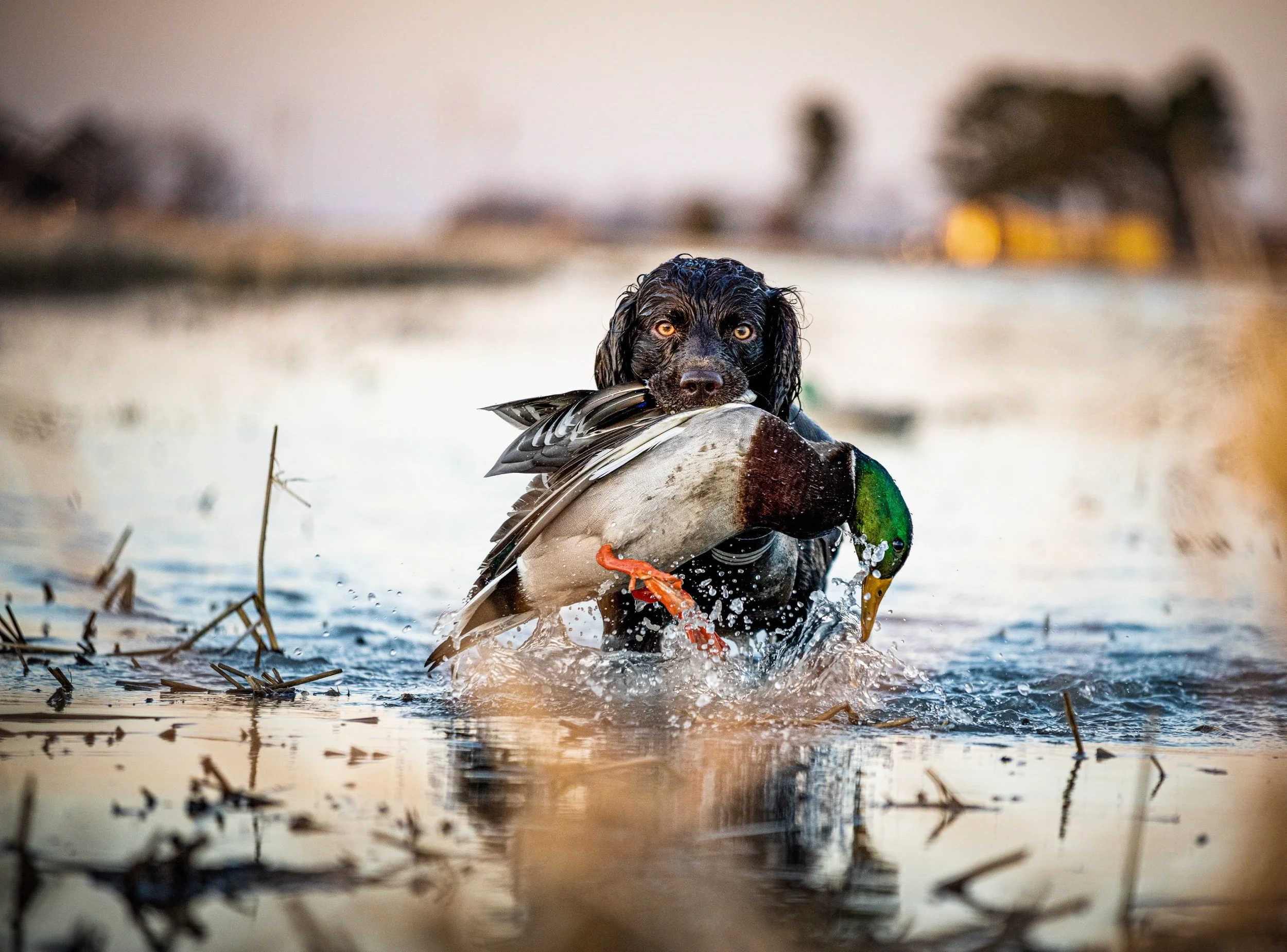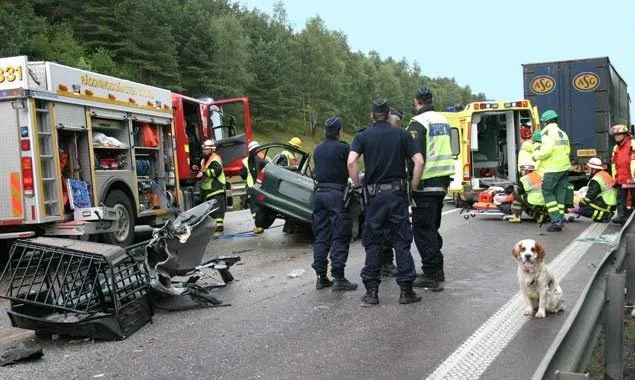In this article, I delve into the profound connection between my professional life as a cynologist, deeply engaged in the rehabilitation of dogs, and my lifelong passion for classical music, spotlighted by last night’s experience at the Oregon Symphony’s stirring rendition of Mozart’s Requiem. Conducted with zeal by David Danzmayr, this performance prompted me to contemplate the symbiotic relationship between the emotive power of Mozart’s unfinished masterpiece and the essence of my work with dogs. My adventure in classical music began at the young age of seven, when I would eagerly spend my after-school hours at a music academy in Aalst, immersing myself in the history of classical music and dedicating countless hours to learning the trumpet, piano, and organ.
Throughout my career as a cynologist, I’ve been privileged to witness the remarkable transformation in dogs, who, much like the emotive force of the Requiem, move from conditions of severe anxiety, fear, and reactivity to states of happiness and vitality. This process of transformation, driven by consistent patience and a firm belief in their potential for goodness, echoes the emotional depth and ambition of Mozart’s final work. This duality of purpose is personified in my relationship with Falca, my cherished K9 companion. Through shared experiences of adversity and success, Falca and I have cultivated a partnership defined by mutual trust, respect, and a concerted vision, showcasing the powerful and transformative bond that can be forged between humans and animals.




